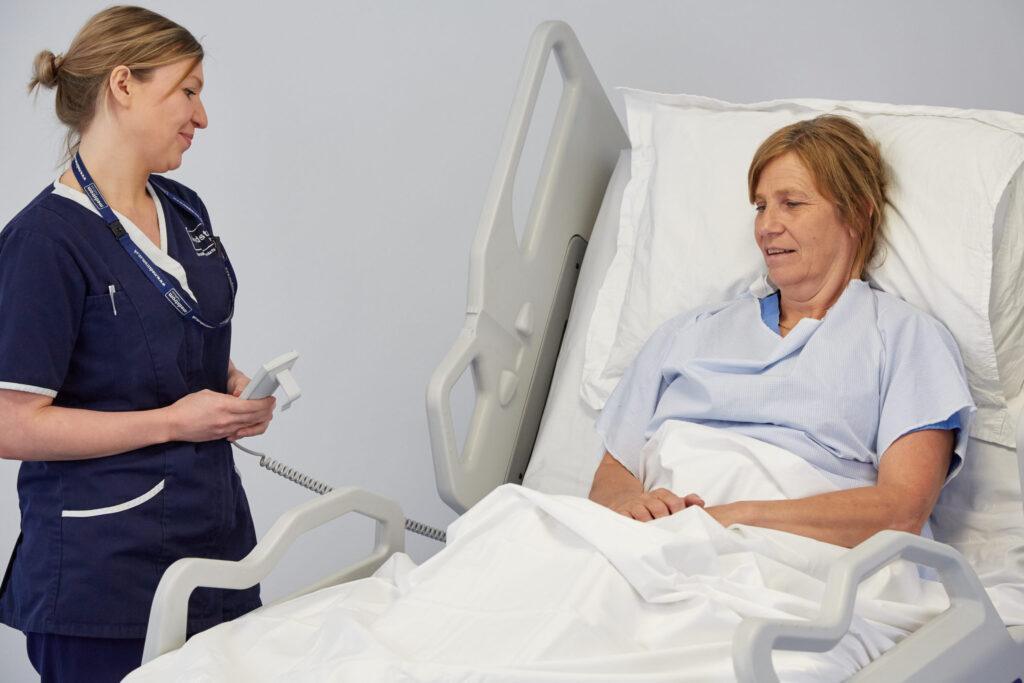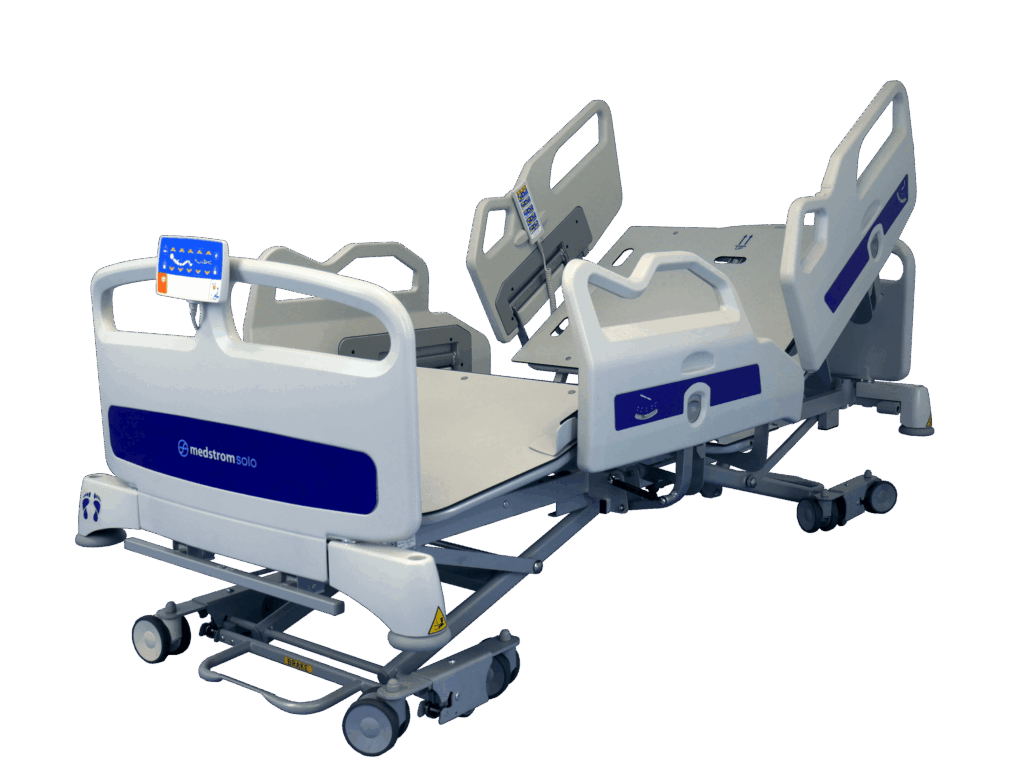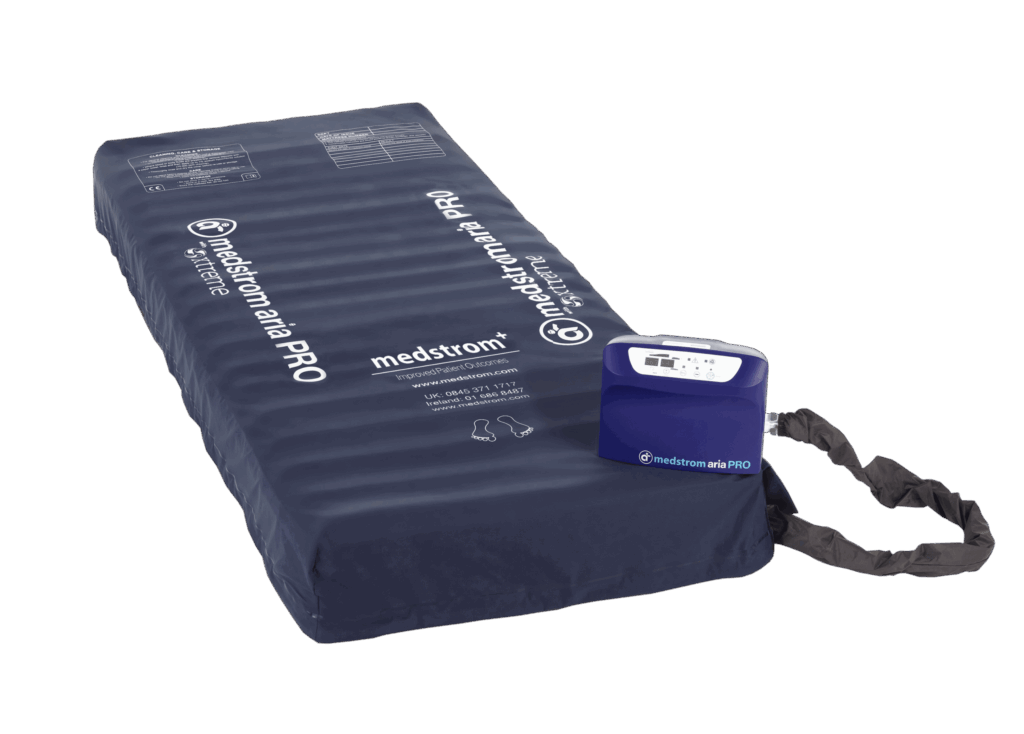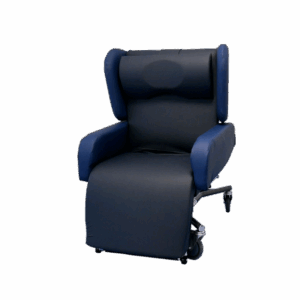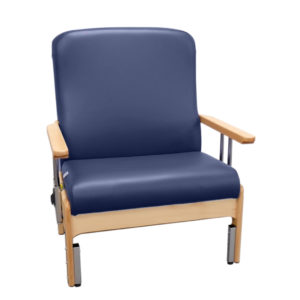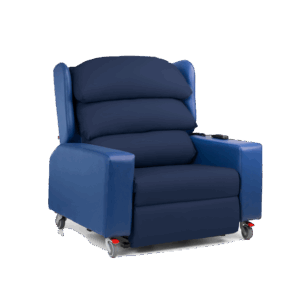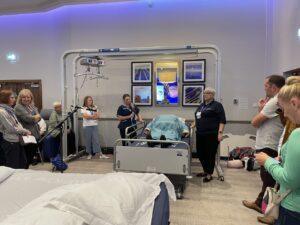
Part 1: Bariatric Seating Series
Part 1: Challenges
Providing the correct seating for a plus-size patient is key to their mobilisation, recovery, and physical and psychological well-being. Five common challenges that healthcare professionals face when selecting the best bariatric chairs are discussed below.
1. Getting the Patient’s Measurements Correct
This is the most fundamental thing to get right, but unfortunately also the most common mistake. Some mistakes, and the resulting problems they can cause include:
- Chair seat too narrow: This can cause discomfort and skin damage if the patient’s thighs are pressed against the arms of the chair
- Chair seat too wide: The patient may not be fully supported, which could result in injury if they slip or slide. Also, if they are trying to mobilise from the chair utilising the arms, they may not be able to if the arms are too far away
- Chair seat too high or too low: Mobilisation can be negatively impacted or even prevented, if the patient is unable to achieve their popliteal height, with their feet firmly on the floor.1 In addition, an uneven distribution of weight can lead to higher interface pressures in certain areas, which could result in skin damage
- Depth of chair seat too short: This can increase the risk of falls, as the patient is pushed forward, shifting their centre of gravity forward. It also increases interface pressures on the back of the thighs, which can cause discomfort and skin damage
- Safe working load not sufficient: Obtaining an accurate patient weight, and checking it against the chair’s safe working load is essential to ensure that it’s safe to use
2. Gluteal Shelf Support
If the gluteal shelf pushes the patient forward in the chair, their back will not be properly supported. This can result in discomfort and cause short- and long-term postural issues. It also increases the risk of falls.
A solution to this problem is to use a chair which can accommodate the gluteal shelf, such as the riser-recliner chair below, where the bottom backrest cushion is removable.
3. Foot Support – Riser-Recliner and Static Chairs
If the chair seat is at the correct height for the patient, they will be sitting at their popliteal height. In a riser-recliner or static chair, if the chair is at the correct height the patient’s feet will be supported by the floor.
If the chair is too high, a footboard could be used to support the feet in the correct position, but this is not ideal, as the seat height will not be correct for safe mobilisation. Also, if the patient stands on the footboard, they could potentially injure themselves if it slips or doesn’t have a high enough safe working load.
4. Foot Support – Tilt-in-Space Chairs
A foot support which can be adjusted to different heights is an extremely important feature for a tilt-in-space chair. The foot support must be engaged and at the correct height to support the patient’s feet in a flat position. If the feet are not supported like this and point forwards, it can result in plantar flexion (foot drop) which, in the worst-case scenario can become permanent, hindering or preventing mobilisation.
5. Head Support
An ergonomic, correctly positioned head support prevents pressure on the back, hunching forward and strain on the neck. Incorrect positioning or the complete absence of a head support can cause discomfort and postural damage, which will negatively affect mobilisation and overall well-being.
To address these problems, some bariatric riser-recliner chairs have a waterfall backrest. This helps to distribute weight more evenly across the patient’s back and allows the shoulders to rest back between the cushions, providing support for the head. Some tilt-in-space chairs have an adjustable headrest, enabling it to be set at the correct position for the height of the patient.

In summary, choosing the best bariatric seating is a complex task, with many challenges having to be taken into consideration. Getting it right by addressing these challenges ensures optimal comfort, dignity, enablement, and mental well-being, all of which help to drive improved clinical outcomes.
References
